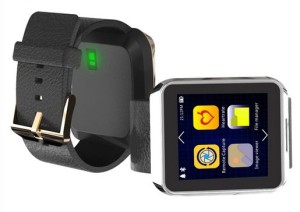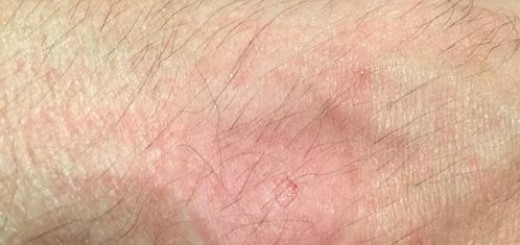Wrist-Worn Heart Rate Monitors Suck
I said it. I’ll say it again.
With the explosion of fitness tracking in the recent years, I can’t help but notice that the technology has barely improved. Millions have been put into making consumer devices that look better, sell better, and present the same poor data in more beautiful ways. In particular, I’d like to discuss optical, wrist-worn, consumer-grade heart rate monitors.
The most popular HRMs track your heart rate either through readings from your wrist or through readings from your chest. While chest-worn HRMs can be very accurate (and are almost exclusively used by “hardcore” endurance athletes such as long-distance runners and triathlon athletes), wrist-worn monitors are much less accurate and more of a novelty. In short, chest-worn HRMs detect your heart rate using leads that detect electromagnetic changes in your heart rate through your skin. These devices analyze EKG signals to determine your heart rate.
Wrist-worn HRMs use optical sensors to determine your pulse by detecting the blood flow through your capillaries. This is accomplished by emitting a bright light into your skin and measuring the differences in the light through a sensor as it’s reflection changes with your blood flow. While this technique can be accurate, the sensor and light source must be consistent. For a continuous reading during exercise (or even daily activity), the HRM would need to be very tightly strapped to your wrist without any movement and without any “light pollution” or “light leakage” to or from the devices sensors.
Don’t get me wrong, there is definitely a place for optical heart rate monitoring. Hospitals utilize finger-worn sensors to take accurate pulse readings worldwide. The difference? Patients are usually not running, hiking, climbing, etc…while the the reading is being taken.
I figure active people who are moving a lot are interested in accurate HRMs, but they are actually the worst demographic for obtaining accurate readings from wrist-worn HRMs. That’s why you see most hardcore endurance athletes using chest-worn HRMs.
My guess as to why wrist-worn HRMs have become so popular? Cheap parts, convenience over accuracy, and an easy sell. Don’t get me wrong, it’s generally good enough. But for now, I believe serious athletes should look elsewhere.
Conclusion: If you are looking for an accurate HRM to train with as an athlete, the tried and true EKG chest strap is the way to go. If you are looking to measure heart rate through your day-to-day activity, you can probably get away with a wrist-worn optical HRM.
Disclaimer: The image posted above has been presented simply as an example of an optical HRM. This article is neither endorsing nor discouraging the use of this specific product. The article is simply meant to convey the current issues with optical monitoring for active people, and many companies are actively working on ways to improve this technology. I am cautiously optimistic, as I would love to get rid of my HRM chest strap!





Your Thoughts